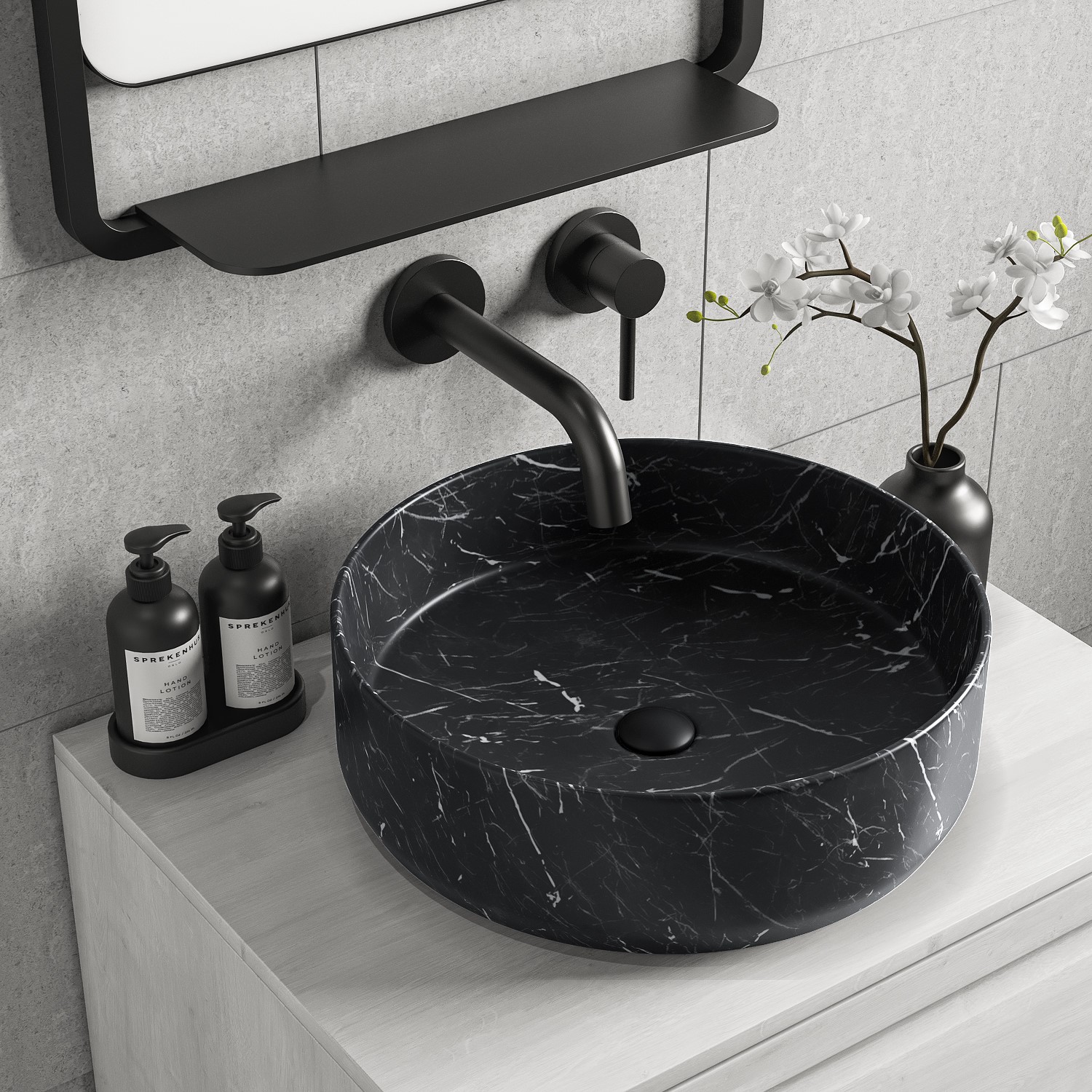The digital music landscape has shifted dramatically, and playlist placements now drive streams, visibility, and even career breakthroughs. Whether you’re an emerging artist or a seasoned producer, mastering music pitching is essential for getting your tracks featured on top playlists. With countless artists competing for the same slots, a strong pitching strategy can set you apart. In this guide, NotNoise breaks down eight game-changing music pitching techniques to help you secure those coveted playlist spots and reach the right audience at scale.
1. Master the Art of Metadata
Before any curator hears your song, your metadata speaks for you. Properly formatted and detailed metadata is the foundation of effective music pitching. This includes song title, artist name, genre, mood, instrumentation, and accurate release date. Streaming platforms like Spotify and Apple Music rely heavily on metadata to match songs with playlist themes and listener preferences. Incomplete or incorrect information can derail even the best tracks from reaching the right curators.
Focus on including descriptive keywords that align with playlist niches. Use genre-specific terms and avoid vague descriptors. Strong metadata increases the likelihood your track will be picked up by both human curators and algorithmic playlists.
2. Build a Targeted Playlist List
A successful music pitching strategy involves identifying the right playlists for your music—not just the biggest ones. Take time to research and build a list of playlists that align with your genre, mood, and target audience. Look for user-curated, independent, and editorial playlists that regularly feature tracks similar to yours.
Use tools like Chartmetric, Soundplate, or SubmitHub to find suitable playlists. Analyze the type of songs they include, their follower count, and how active the playlist is. A smaller, highly engaged playlist can often yield better results than a massive one with low interaction.
3. Craft a Personalized Pitch
Generic, copy-pasted messages don’t stand out. When reaching out to curators, write a personalized pitch that explains why your song is a good fit for their playlist. Mention specific songs or themes in their playlist and connect them with your track.
Keep it concise and professional. Include essential links (Spotify, SoundCloud, etc.) and a short artist bio that showcases your journey, recent milestones, and what sets your music apart. The goal is to make the curator feel like your pitch was tailored just for them.
4. Pitch Directly to Spotify for Artists
Spotify for Artists offers a built-in submission feature for upcoming releases. This is one of the most direct and impactful music pitching tools available. Submit your track at least 7 days before release and fill out all available information about the song. The data you provide helps Spotify’s editorial team and algorithms determine where your song belongs.
Be strategic with the genre, sub-genre, instruments used, and mood descriptions. The more accurately you categorize your track, the better its chances of being picked up by curated playlists or algorithmic suggestions like Discover Weekly or Release Radar.
5. Leverage Email Marketing
Email remains a powerful tool in music pitching, especially when targeting independent curators, bloggers, and influencers. Build and maintain a list of contacts and reach out with a professional press release or pitch email. Your email should include a compelling subject line, brief artist introduction, a link to your track, and any notable press coverage or stats.
Avoid mass emails and make sure to address each recipient by name. Show that you’ve done your homework and that you understand what their playlist or platform represents. This personal touch can make all the difference.
6. Utilize Music Pitching Platforms
There are several music pitching platforms designed to connect artists with curators, blogs, and industry professionals. Sites like SubmitHub, Groover, Playlist Push, and Daily Playlists offer streamlined tools to submit your music to targeted audiences.
These platforms often come with feedback mechanisms, giving you insights into how your song is perceived and how to improve future submissions. While some require payment, the right platform can offer valuable exposure and open doors to playlist placements that would otherwise be out of reach.
7. Create Your Own Playlists
One of the most underrated music pitching techniques is becoming a curator yourself. By creating your own playlist that features your music alongside similar artists, you can build a niche audience and showcase your track in a controlled environment.
Promote your playlist across social media, engage with other artists in your genre, and invite collaborations. Over time, a well-maintained playlist can attract followers, increase your track’s visibility, and demonstrate your understanding of audience curation—something that professional curators value highly.
8. Maintain a Consistent Release Strategy
Curators and streaming platforms favor artists who release consistently. A regular release schedule signals professionalism and helps you stay on the radar of playlist editors and fans alike. When planning your music pitching strategy, align it with a calendar that includes lead times for submissions and promotional campaigns.
Spacing out your releases allows you to focus your marketing and pitching efforts on each track individually, maximizing its potential. Include your release plan in your pitches to demonstrate that you’re committed to building momentum and growing your career.
Final Thoughts
The music industry is more competitive than ever, and standing out requires more than just great music. Effective music pitching is an essential skill for any artist aiming for playlist success. From perfecting your metadata to crafting personalized pitches and leveraging digital tools, each technique plays a role in boosting your chances of discovery.
Start by implementing just a few of these techniques and build your strategy as you gain traction. Remember, persistence and professionalism pay off. By refining your music pitching approach, you’ll not only increase playlist placements but also build valuable industry relationships and grow a sustainable music career. All categories and top stories are featured right on the homepage.
Frequently Asked Questions
1. How do I find the right playlists for my music?
Start by researching playlists that feature artists similar to you. Use tools like Chartmetric or SubmitHub, and explore user-curated and genre-specific playlists on Spotify, Apple Music, and YouTube.
2. Is it better to pitch to big playlists or smaller ones?
Smaller playlists often provide higher engagement and better chances of acceptance. While large playlists offer exposure, they are highly competitive. A mix of both is ideal for balanced growth.
3. Can I pitch my song after it’s released?
While pitching before release is more effective, you can still promote a song after it’s out by targeting independent curators, influencers, and platforms open to older releases. Just ensure the track is still relevant to their theme.



